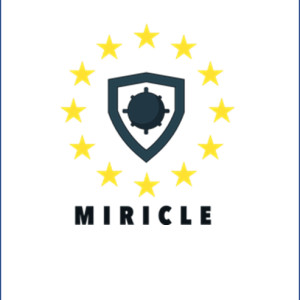 \
&
Contact us
\
&
Contact us
 \
&
Contact us
\
&
Contact us
Partnership website: https://bepassociation.eu/about/batt4eu-partnership/
As a co-programmed partnership, BATT4EU brings together the public sector (the European Commission) and the private sector (the European battery R&I stakeholders, BEPA) with the aim to achieve a competitive and sustainable European industrial value-chain for e-mobility and stationary applications.
BEPA already gathers a total of 137 members of which 54 are industrial players, 56 research organisations, 27 associations, and others.
Aside from some general objectives, the Batteries Partnership (BATT4EU) has various measurable, operational objectives:
Operational objectives:
Various BATT4EU labeled research topics in Horizon Europe aim to contribute to achieving these operational objectives. You can find these call topics in the regular Horizon Europe cluster 5 work programme, e.g.:
HORIZON-CL5-2024-D2-01-02: Non-Li Sustainable Batteries with European Supply Chains for Stationary Storage (Batt4EU Partnership).
The prioritization and drafting of future Horizon Europe call topics on batteries are restricted to members of BEPA.
Partnerships group the EC and private and/or public partners, to coordinate and streamline the research & innovation initiatives and funding in some selected key domains.

The Miricle project, ‘Mine Risk Clearance for Europe’, obtained funding under the European Defence Industrial Development programme call ‘Underwater control contributing to resilience at sea’. The main objective of the project was to achieve a European and sovereign capacity in future mine warfare and create a path for the next generation ‘made in Europe’ countermeasure solutions. In order to realise this objective, Miricle addressed various stages: studies, design, prototyping and testing. These stages inter alia included the successful testing of an XL Unmanned Underwater Vehicle, a protototyped mine disposal system and multiple innovative systems to detect buried mines. Flanders Marine Institute (VLIZ), was one of the five Belgian partners in the consortium. Within the project, VLIZ was able to forward its research on the acoustic imaging of the seabed to spatially map and visualize buried structures and objects - in this case buried mines - in the highest possible detail. VLIZ also led the work on ‘Port and Offshore Testing’, building on the expertise of the institute in the field of marine operations and technology.